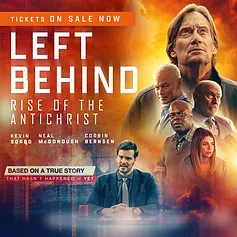“The Last Supper” 2025
“The Last Supper” is a movie about the life of Jesus that takes us to the last supper with the disciples in the upper room and then to the garden, the crucifixion and finally the resurrection. It is truly captivating how this movie brings the biblical history about Jesus in a condensed version on the…











